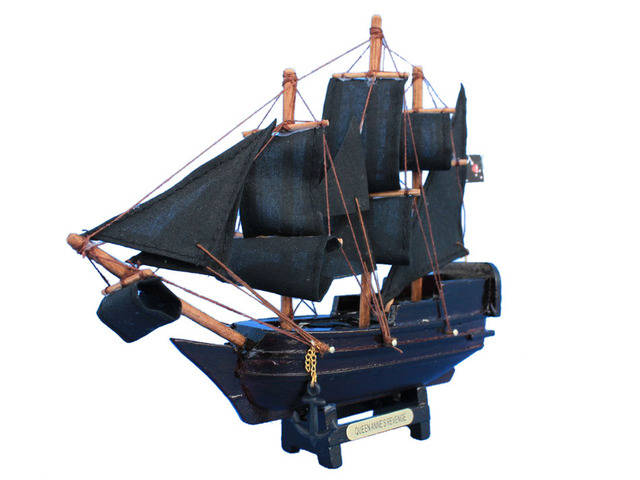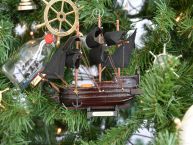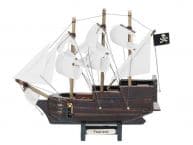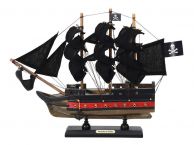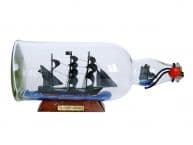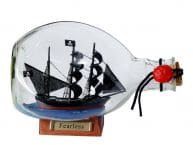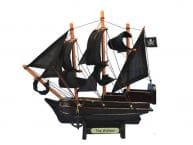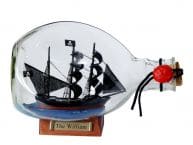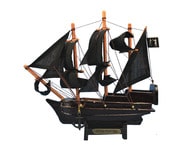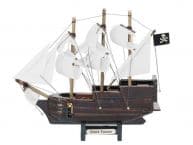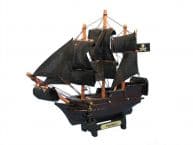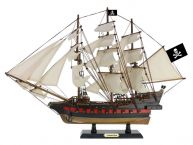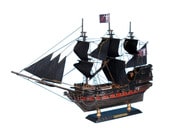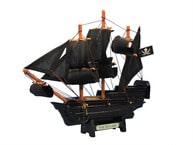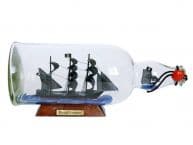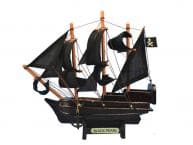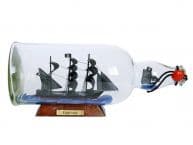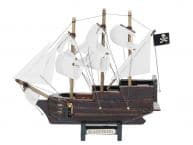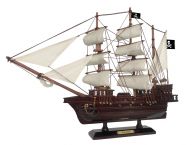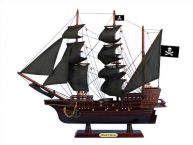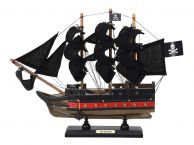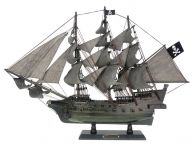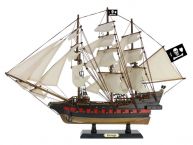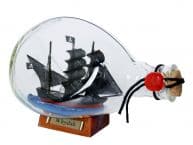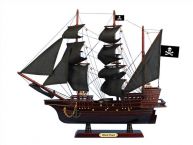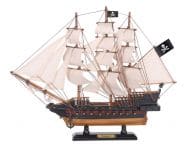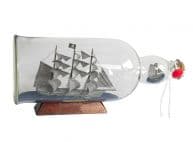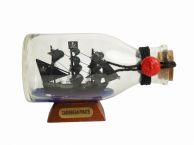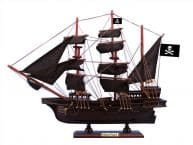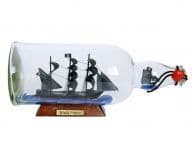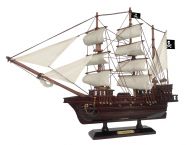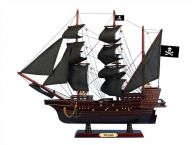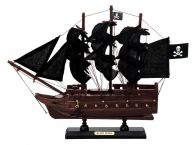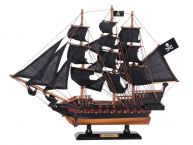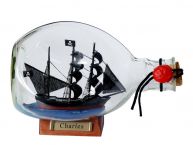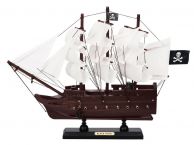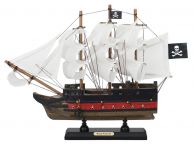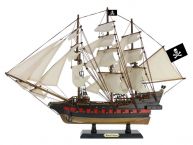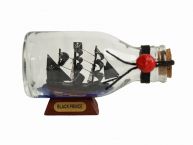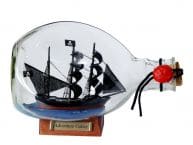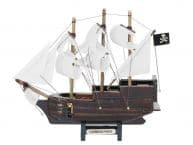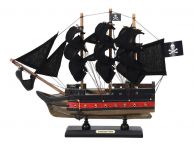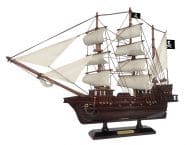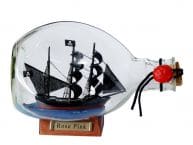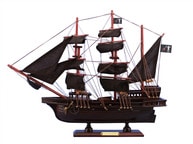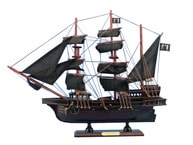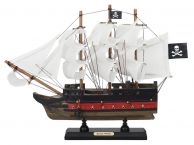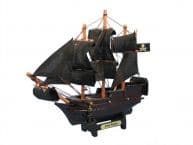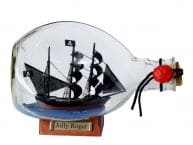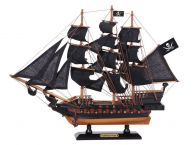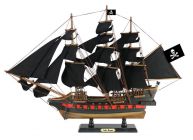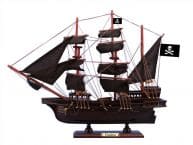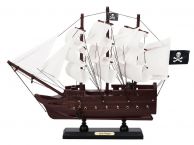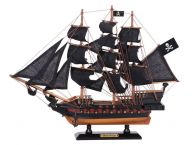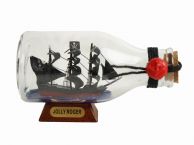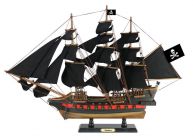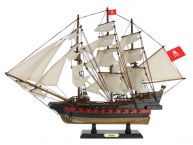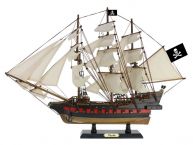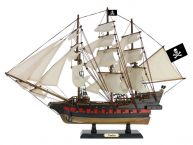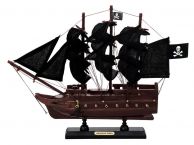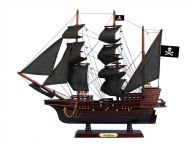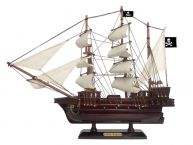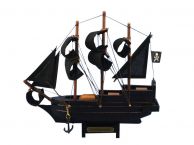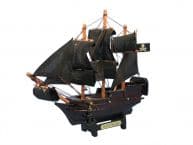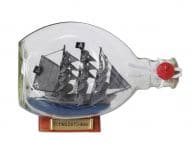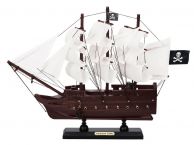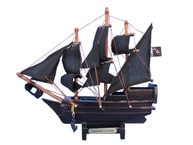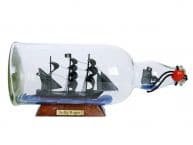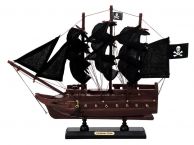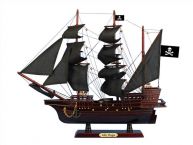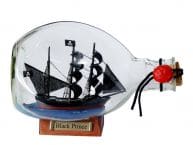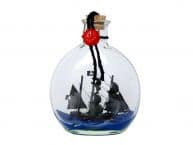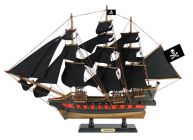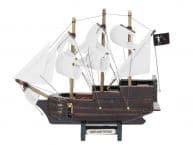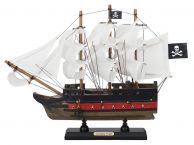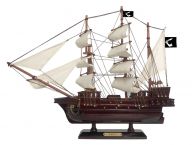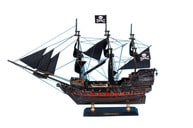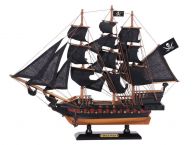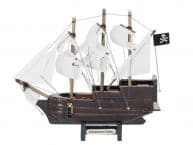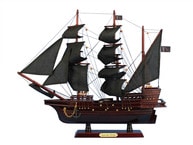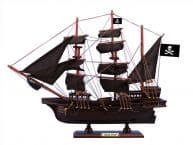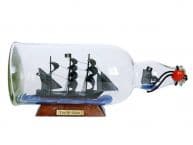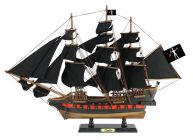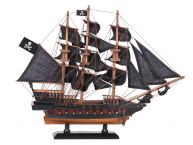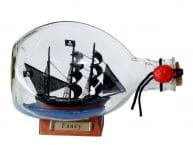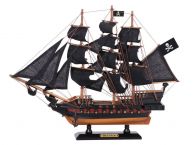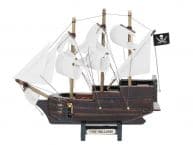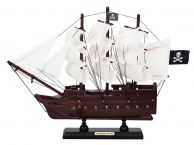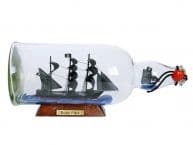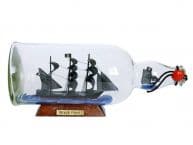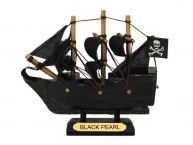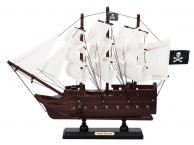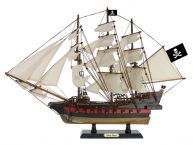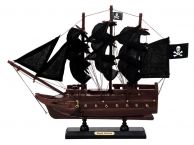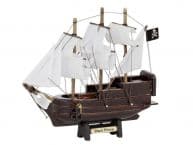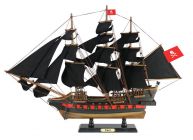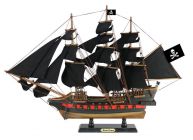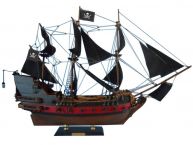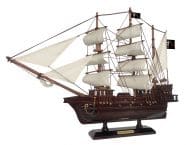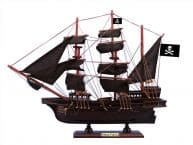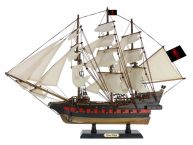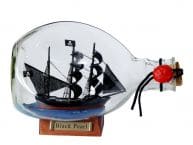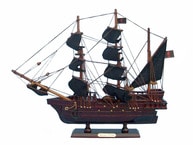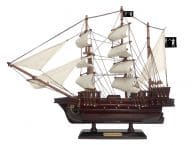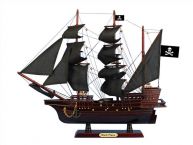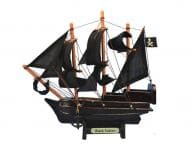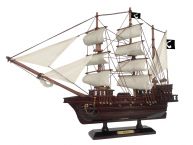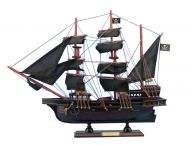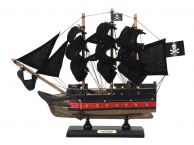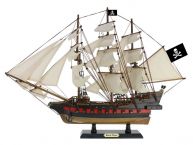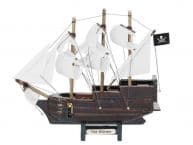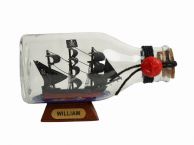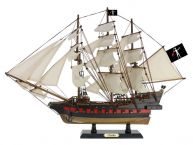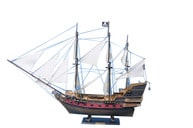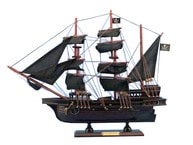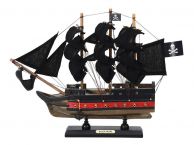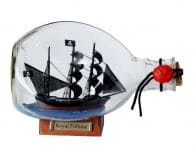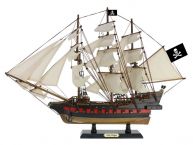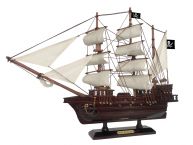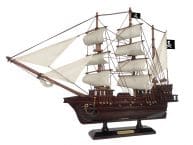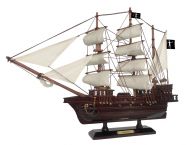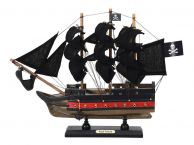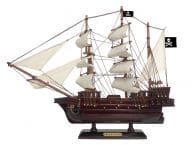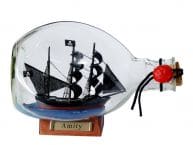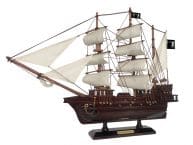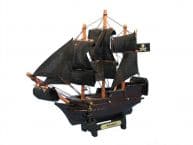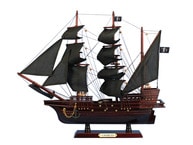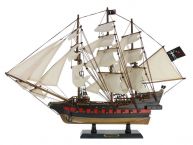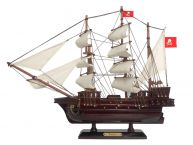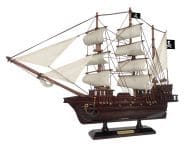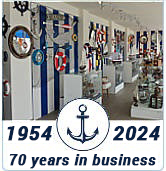New Handcrafted Beach Décor |
New Handcrafted Nautical Décor |
New Handcrafted Model Ships |
New Handcrafted Sealife Décor |
Nautical Decor Top Sellers (64) |
Model Ship Top Sellers (51) |
Beach & Sealife Decor Top Sellers (42) |
Cast Iron Decor Top Sellers (34) |
Model Ship Weekly Deals (66) |
Nautical Decor Weekly Deals (213) |
Beach Decor Weekly Deals (205) |
Cast Iron Decor Weekly Deals (219) |
New Summer 2020 |
Decorative Life Rings (124) |
Life Ring Mirrors & Clocks (10) |
Decorative Vibrant Life Rings (29) |
Lifering Ornaments (24) |
Decorative Oars (99) |
Decorative Oars w/ Hanging Hooks (44) |
Decorative Paddles (16) |
Oar Ornaments (8) |
Hanging Glass Floats (201) |
Lobster Buoys (42) |
LED Lighted Glass Floats (92) |
Glass Float Ornaments (47) |
Lobster Buoy Ornaments (17) |

DON'T DISEMBARK JUST YET!
Enter email to receive 10% off your first order.
x
Handcrafted Model Ships customers also shopped
Order now and you can return the item up until Jan 2nd
We ship daily! Order by 2PM est on the following dates for guaranteed delivery by Christmas!
| Shipping Method | Order By |
| 3 Day Service | Tuesday Dec 19th |
| 2 Day Service | Wednesday Dec 20th |
| Next Day Service | Thursday Dec 21st |
Wooden Caribbean Pirate Ship Model 7"
|
SOLD FULLY ASSEMBLED
Ready for Immediate Display - Not a Model Ship kit Release your inner pirate with these adorable tall ship models of an authentic Caribbean pirate ship. Exceptional detailing abounds on this miniature boat, which rests easily upon any desk or shelf. Add a touch of nautical history and a spirit of brave adventure to the décor of any office or room with this tall model ship. NOTE: This item is small, only 7". Please measure this size yourself to ensure it is appropriate for your intended purchase. |
Key Features:
|
Pirate Ships of the Caribbean:
Throughout the Golden Age of Piracy three classes of ships were of particular use throughout the Caribbean. The brigantine featured a square-rigged foremast and fore and aft sails on the main mast, allowing for superior maneuverability and speed. The galleon was developed in the 15th and 16th centuries in Spain and Portugal, and boasted two or three decks, as many as four masts, and carried up to 200 crew and 70 cannons, though lacked speed. The schooner was of Dutch and North American design, crafted with narrow hulls and fore and aft sails for maneuverability and speed, as well as operation in shallow waters. While the galleon was perfect for intimidation and might, the brigantine and schooner were favored for their ability to make hasty departures.
Privateers and Buccaneers:
Privateering rose to prominence during the 16th century as a cost-effective method of enhancing European nations’ navies, particularly in the Caribbean. During times of war these powerful European nations would authorize private citizens and ships with letters of marquee, allowing them to legally attack foreign ships at sea. As these privateers were funded by private investors, the captured ships and bounty would be divided between the sailors, investors, and the government granting the letters of marquee. Specific to the Caribbean were privateers known as buccaneers, a name derived from the Caribbean Arawak Indians. Generally these were French, Dutch, and English citizens who had lived sparingly off of the land, only later turning to piracy as a means to better lives in the developing Caribbean, often operating with the partial support of the non-Spanish colonies, their activities generally considered “legal” until the 1700s.
The Fall of the Golden Age of Piracy:
Following the War of Spanish Succession, in the early 18th century, the Caribbean experienced its second expansion of piracy. With the signing of the Treaty of Utrecht multiple European nations agreed on peaceful terms, leaving countless thousands of sailors and soldiers without work. As shipping and slave trade was booming during this time, in what is called the triangular trade, the Caribbean saw a massive economic rise, which in turn lead to further piracy. While this initial influx of sailors was a boon for piracy, soon their numbers and conduct began to attract the attention of European naval powers. With an even greater stake in Caribbean trade than the previous century, large navies began to protect merchant ships and eventually transitioned to hunting the pirates themselves. As profits shrunk and the pirate lifestyle became increasingly deadly, the Golden Age of Piracy saw its end, though the legends from its time would live on throughout history.
OUR BRANDS
HANDCRAFTED BEACH DECOR was founded in 1954 and since then we have expanded our products, websites and brands. Shop and save on all 5 brands/websites and enjoy one shopping cart.

SHOP WITH CONFIDENCE!

HANDCRAFTED BEACH DECOR HELPFUL INFORMATION
| Questions? Call 800-313-9128 | ||
|
1070 Hamilton Rd. Unit F, Duarte, CA 91010





 Handcrafted Beach Décor
Handcrafted Beach Décor
